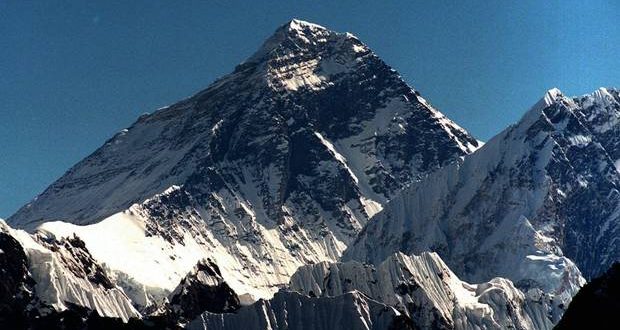Nine Nepalese guides have summited Mount Everest, becoming the first climbers in three years to reach the top after two successive natural disasters.
Nepal Mountaineering Department official Gyanendra Shrestha, who is at the base camp, said the group reached the 8850-metre peak on Wednesday.
Nepal Mountaineering Association President Ang Tshering Sherpa told the BBC that the Sherpas encountered many challenges in their climb to the top.
“Although they were planning to reach [the summit] much earlier in the day, difficult climbing conditions near the Hillary Step — a major climbing hurdle around 70 meters below the peak — delayed the Sherpas’ plans,” he said. “Because of heavy snow and ice, it took more than four hours for them to cross the Hillary Step.”
Sherra Gyalgen Sherpa was the first person to reach the summit.
It’s been more than two years since a team has reached Everest’s peak. In 2014, an avalanche in the treacherous Khumbu Icefall killed 16 sherpas, prompting the end of the climbing season.
Last year, at least 18 climbers died after a powerful earthquake triggered an avalanche on the mountain. More than 60 people were also injured. Climbing season was cancelled for the second year in a row.
Sherpas, who have long demanded improved safety standards and better compensation, said the conditions on Everest were only getting more treacherous — a result of overcrowding and climate change.
To address some of these safety concerns, authorities have, for the first time ever, allowed helicopters to transport some climbing gear up part of the mountain, the BBC reported. Now Sherpas can avoid carrying some equipment through the Khumbu Icefall, which has become even more dangerous since last year’s earthquake.
Sherpas reportedly used to make 20 or more journeys a season through the Khumbu Icefall in order to transport oxygen, tents, food and other necessities. In contrast, a paying climber would cross the area as few as four times.
It’s unclear if the helicopter help was a one-time occurrence or if it will become standard practice, National Geographic reported.
“We have been pushing for permission to do this for years,” mountain guide Garrett Madison said. “I’m glad the Nepal ministry finally got on board with the sensible decision.”
Agencies/Canadajournal
 Canada Journal – News of the World Articles and videos to bring you the biggest Canadian news stories from across the country every day
Canada Journal – News of the World Articles and videos to bring you the biggest Canadian news stories from across the country every day



